Trip to the sea Ginkgo trees
We had a really good time.
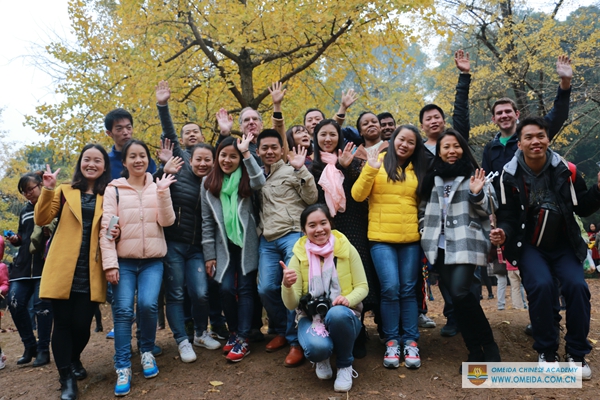
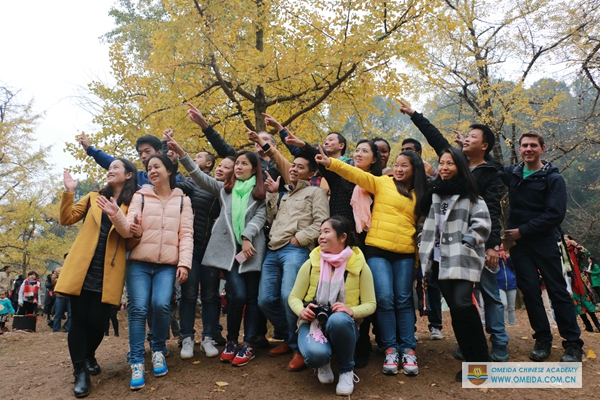
Its history is long and ancient. Native to China, the ginkgo tree has been planted since ancient times in Chinese and Japanese temple gardens. Today it is still found in the Zhejiang and Guizhou Provinces in Central China. The tree is considered as a sacred tree in China and Japan. The Chinese have used parts of the tree in their traditional Chinese medicine. The tree made its way to North America during the 18th century. Since then, it has flourished as street and shade tree.
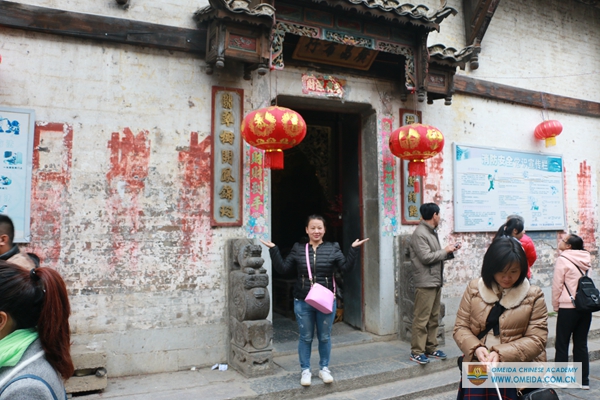
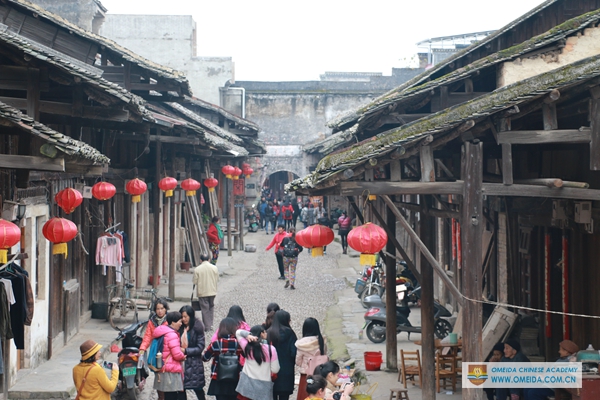
The tree has no living relatives of plant species and can be traced back to millions of years. Ginkgo trees no longer grow naturally in wild. Those that grow all around the world were planted by men. It is similar to redwood and sequoias, as they can survive for many years.
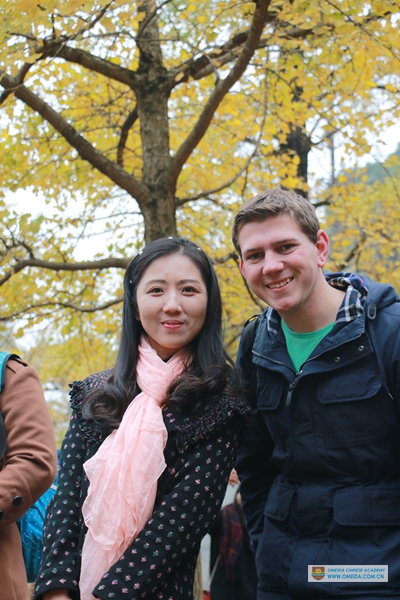


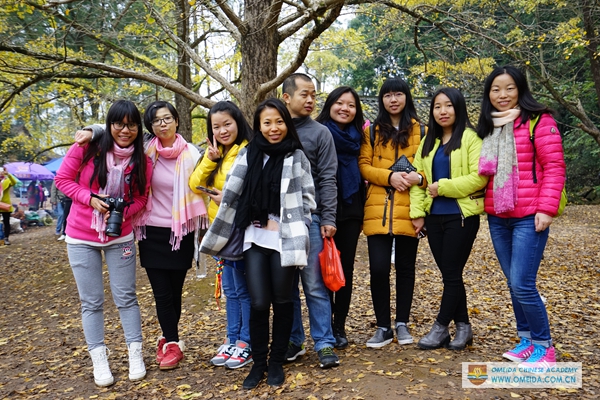
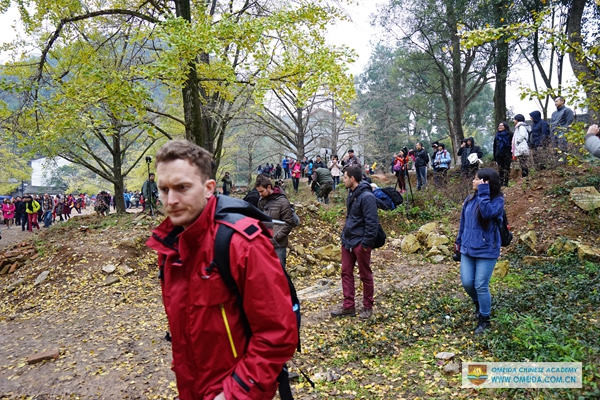

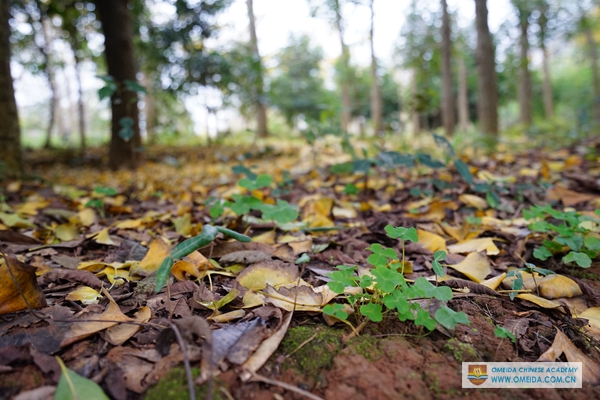

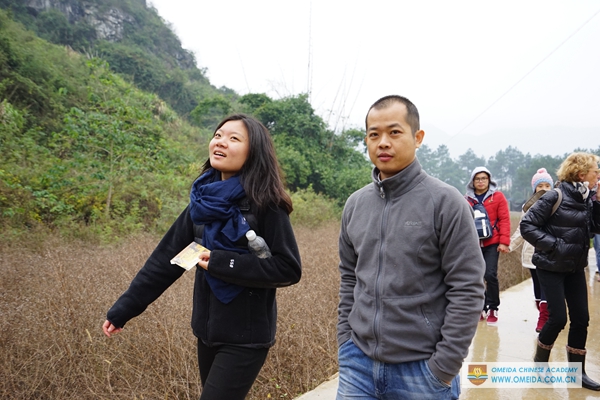
The ginkgo tree (Ginkgo biloba), also known as the maidenhair tree, is one of the most unusual tree species in the world. It has survived on the planet since the Jurassic period and is therefore known as a 'living fossil'. The name ginkgo is derived from a Japanese word gin that means 'silver' and kyo meaning 'apricot'. The name refers to the silvery apricot-like fruit of the tree. The tree is able to thrive even in a polluted environment. It is therefore commonly planted near streets and roadside in cities. It has a great ability to adapt which is why it has survived all these years.
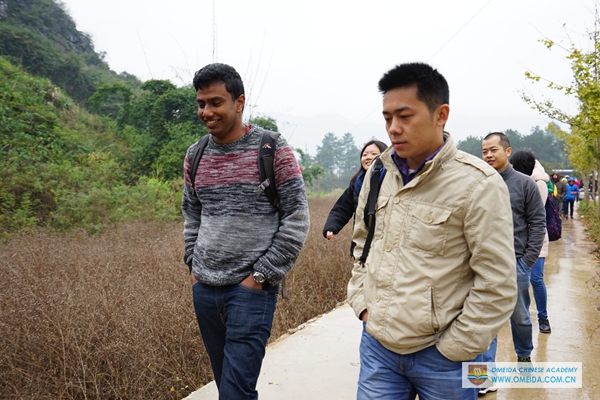


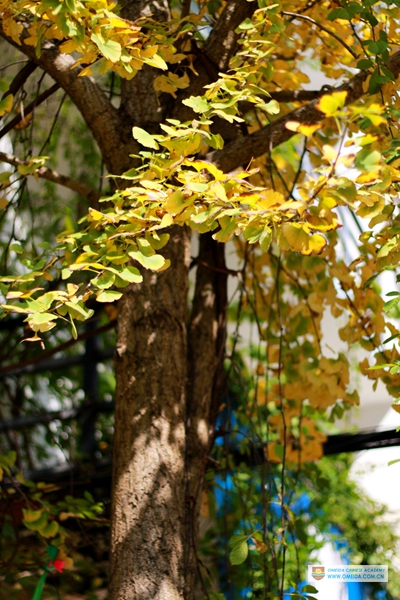
Last week we went to a nice place to see some special trees which is called Ginkgo tree.
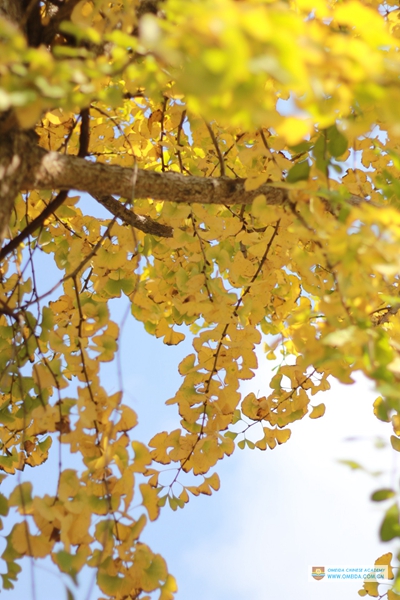
Update: 12-06-2015 15:16 View:





